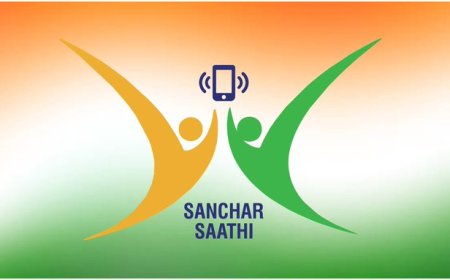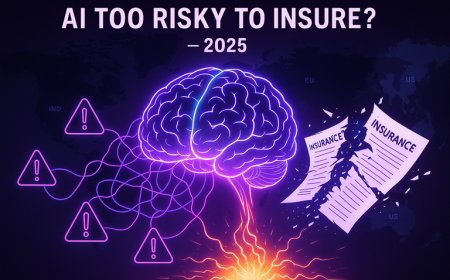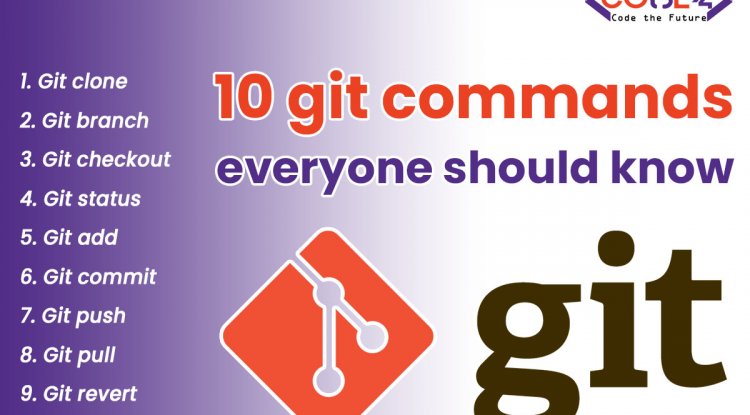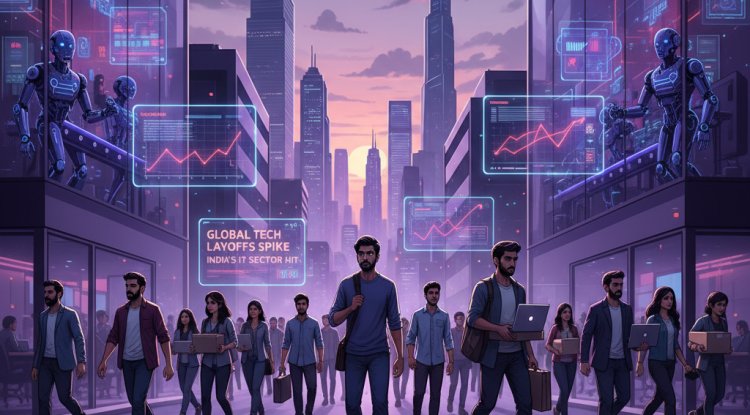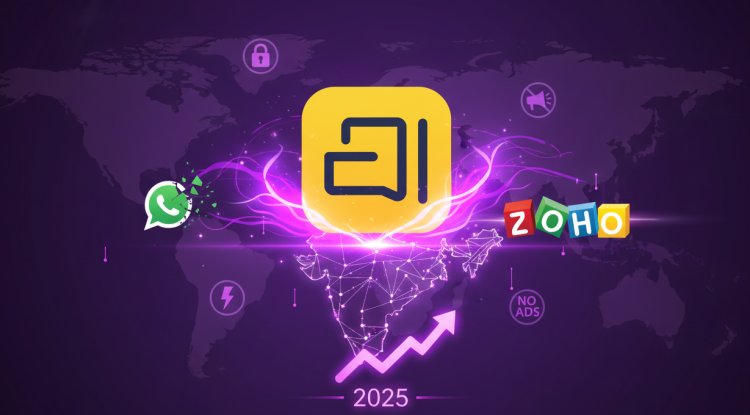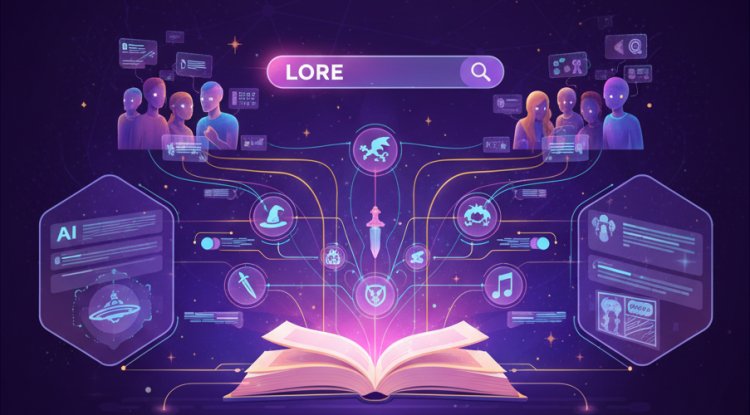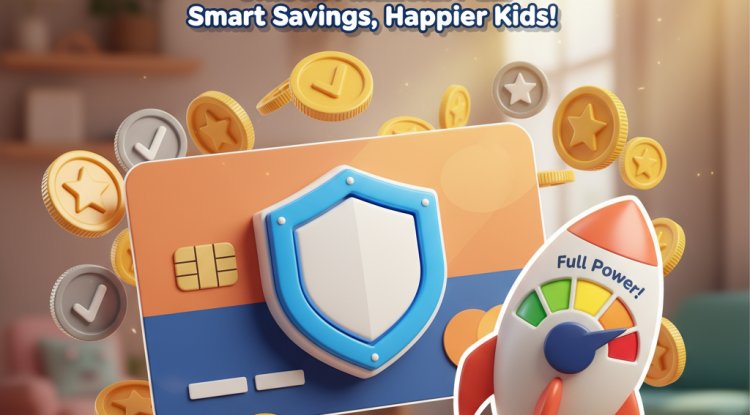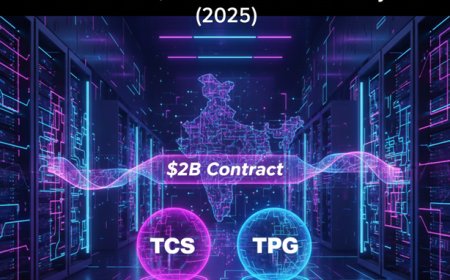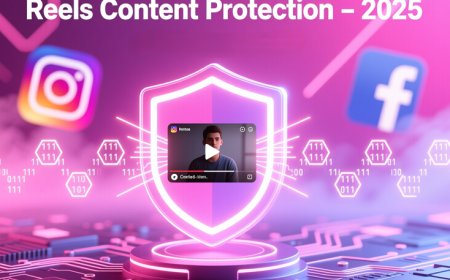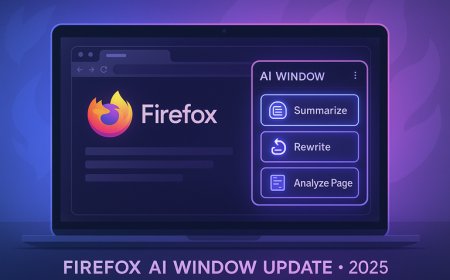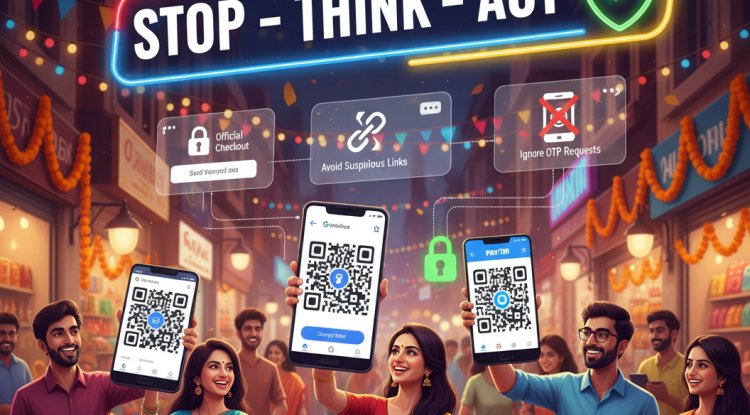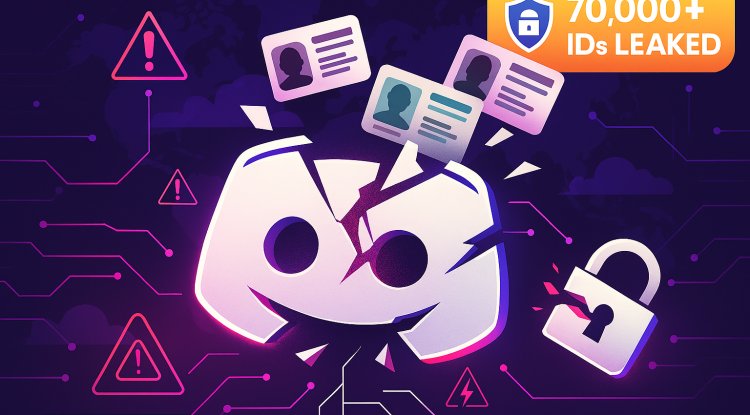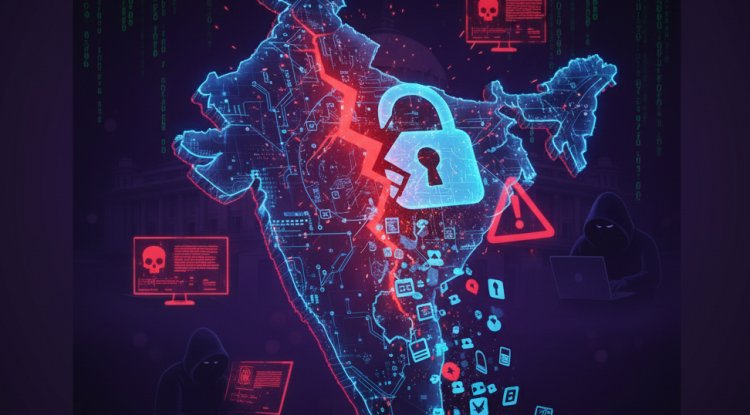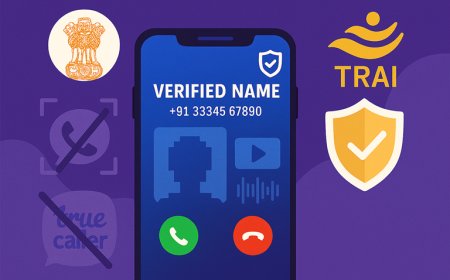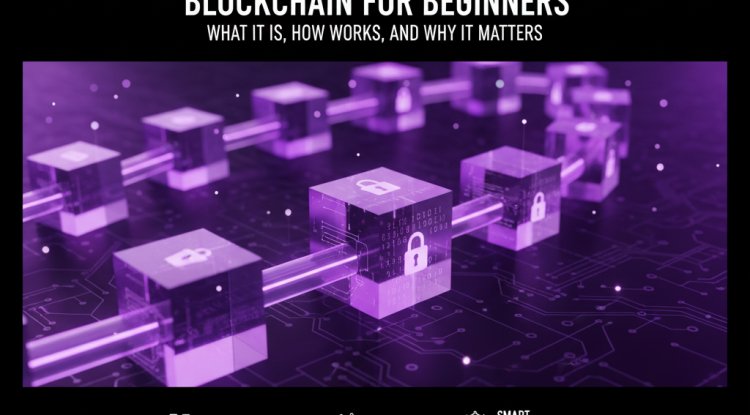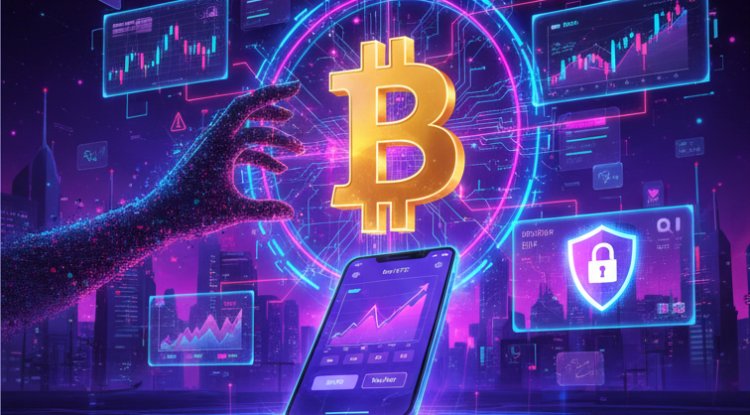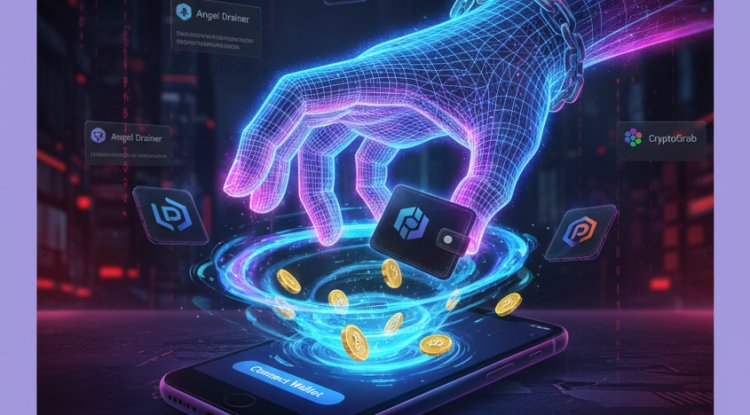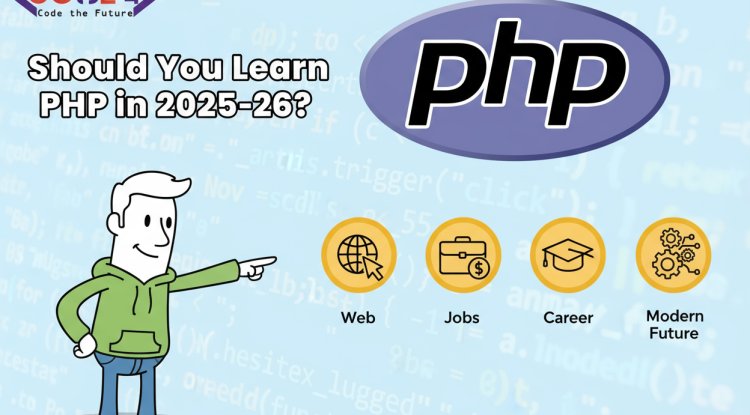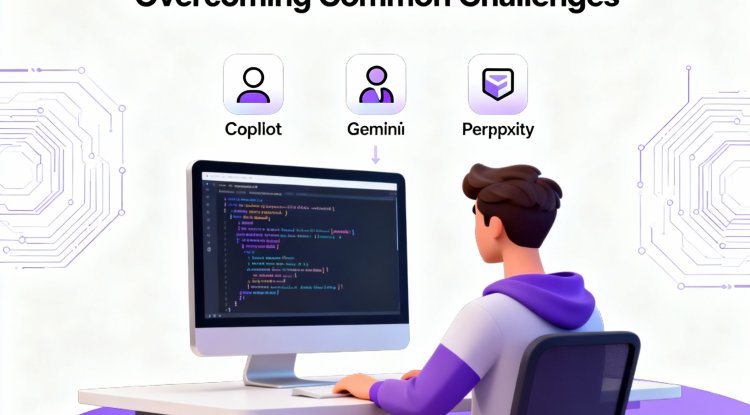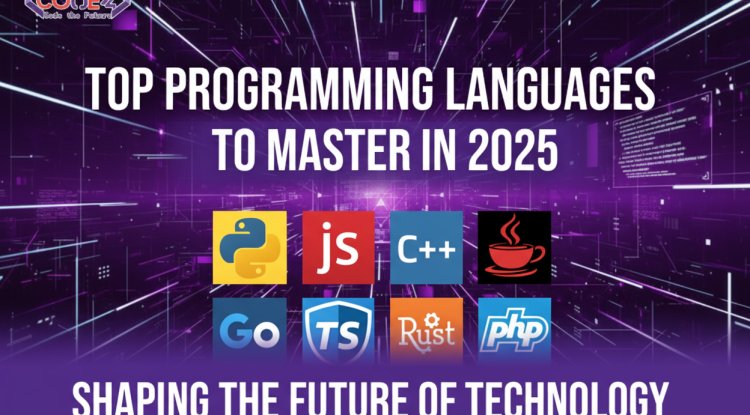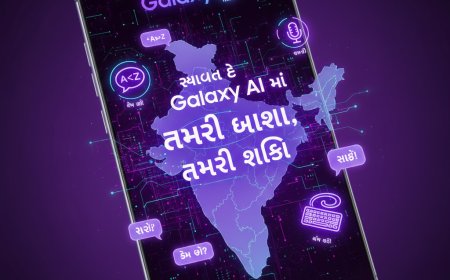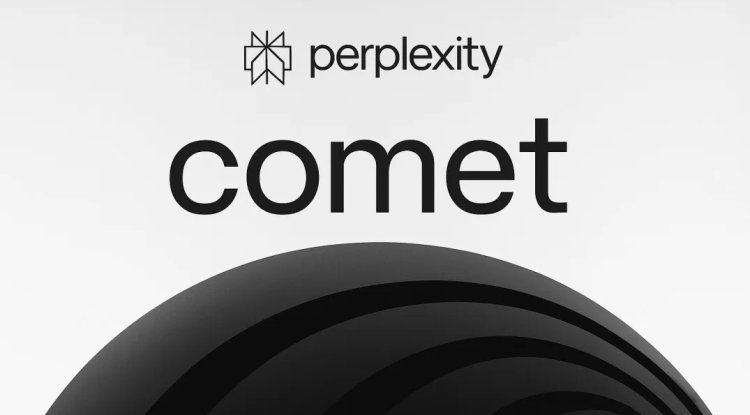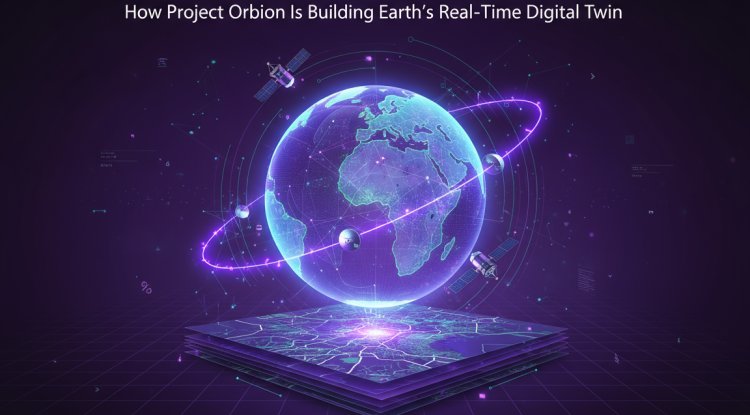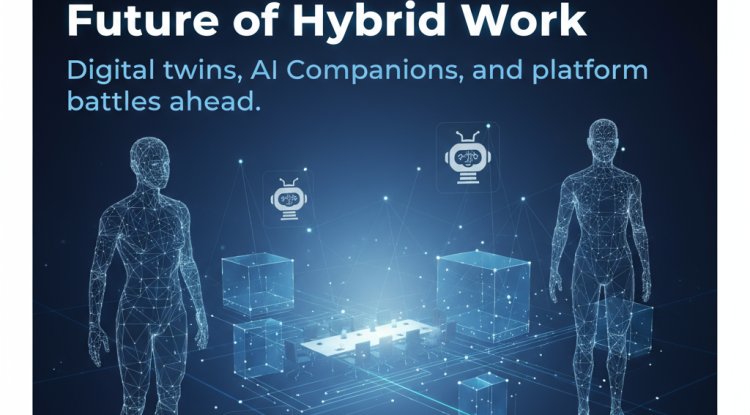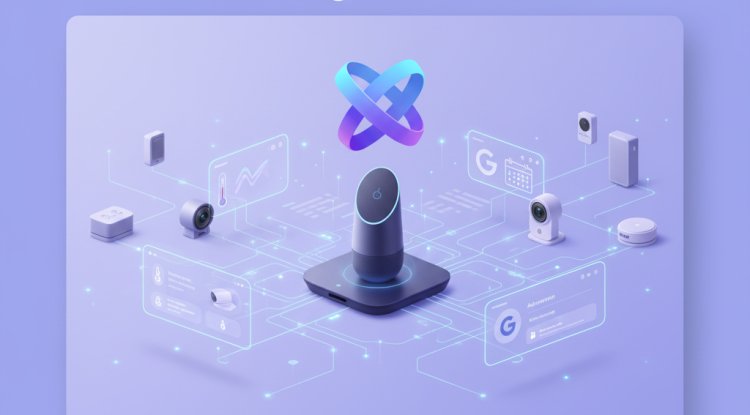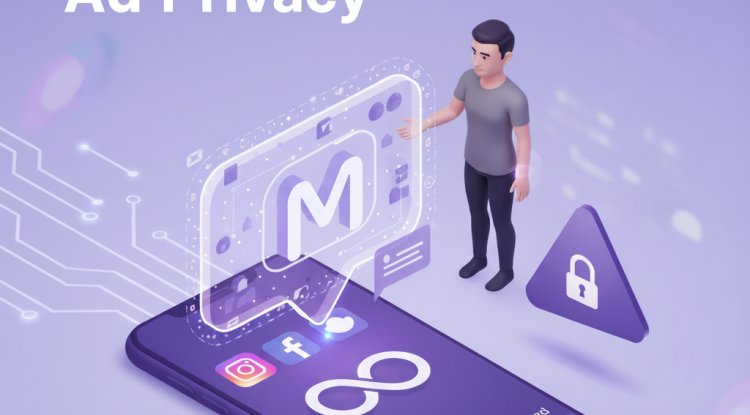5G and the Future of Education. How 5G Will Change the Way We Learn
5G technology has the potential to revolutionize the education sector, providing faster connectivity, personalized learning, and immersive experiences. While there are concerns about increased screen time and reliance on technology, responsible use can create an engaging and effective learning environment.
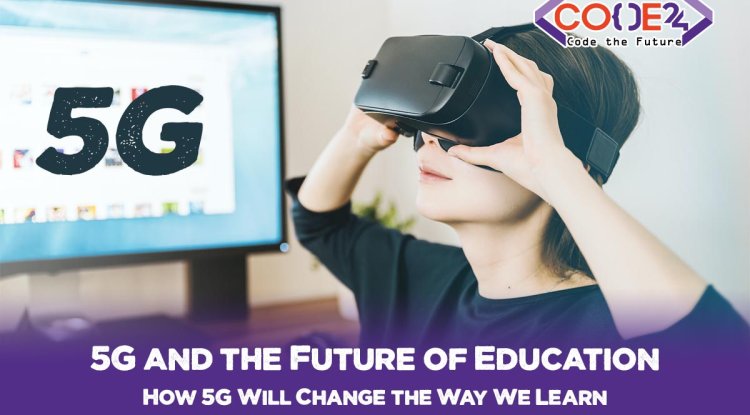
Introduction:
The introduction of 5G technology promises to revolutionize the way we access and interact with information, creating faster and more reliable connections than ever before. The education sector is one of the areas that could benefit most from this technology. In this blog post, we will explore how 5G will change the way we learn and the future of education.
Faster, More Reliable Connectivity:
One of the most significant advantages of 5G technology is faster and more reliable connectivity. 5G networks can offer speeds up to 100 times faster than 4G networks, which could significantly reduce download times and allow for more seamless video streaming. This improvement in connectivity could allow for a more immersive and interactive learning experience, allowing students to access more resources and collaborate more effectively.
Virtual and Augmented Reality:
5G technology can also enhance the use of virtual and augmented reality (VR/AR) in education. These technologies have been used in limited ways in education, but with 5G, they could become more prevalent. With the faster download speeds and lower latency offered by 5G networks, students could access more immersive VR/AR experiences that could enhance their understanding of complex concepts. This could include virtual field trips to historical sites or the ability to interact with digital models of complex scientific phenomena.
Remote Learning:
Another area that could benefit from 5G technology is remote learning. With the COVID-19 pandemic forcing many schools to switch to remote learning, 5G technology could make online learning more accessible and effective. Faster and more reliable connectivity could allow for more seamless video conferencing and remote collaboration, allowing students to connect with teachers and peers from anywhere in the world. This could be especially beneficial for students in remote areas who may not have access to traditional classroom settings.
Personalized Learning:
5G technology could also enable more personalized learning experiences for students. With faster download speeds and lower latency, students could access personalized learning materials and resources that are tailored to their individual learning needs. This could include adaptive learning platforms that adjust the difficulty of content based on a student's progress or personalized digital tutors that provide one-on-one support.
Challenges and Concerns:
While 5G technology has the potential to revolutionize education, there are also some challenges and concerns that need to be addressed. One concern is the potential for increased screen time, which could have negative effects on student's physical and mental health. Another concern is the potential for increased reliance on technology, which could lead to a decrease in face-to-face interaction and social skills.
Conclusion:
In conclusion, 5G technology has the potential to significantly enhance the way we learn and revolutionize the education sector. With faster and more reliable connectivity, immersive VR/AR experiences, and personalized learning opportunities, 5G technology could create a more engaging and effective learning experience for students. However, it is important to consider the potential challenges and concerns associated with this technology and to ensure that it is used in a responsible and effective way.
What's Your Reaction?
 Like
0
Like
0
 Dislike
0
Dislike
0
 Love
0
Love
0
 Funny
0
Funny
0
 Angry
0
Angry
0
 Sad
0
Sad
0
 Wow
0
Wow
0
